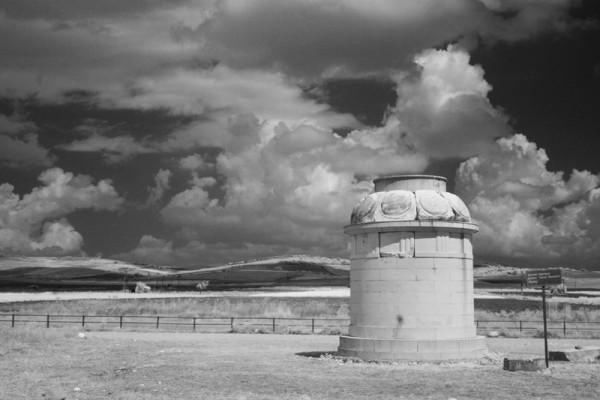Inspired by the “Battle of the Bastards” episode from Game of Thrones, we are looking at ancient accounts of bodies piling up during battle.
Writing more than 300 years after the Battle of Leuctra, Greek historian Diodorus (c. 80-20 BC) tells us of the battle between a Spartan-led army against the Boeotian coalition led by Epaminondas and the Thebans. The turning point was when Spartan King Kleombrotos “perished in a heroic resistance after sustaining many wounds, then, as masses of men thronged about his body, there was piled up a great mound of corpses” (15.55.5).
Unfortunately, we have no real indication as to the height of the pile of corpses, only that it was “great.” At a minimum, we can assume that Diodorus envisioned a mound that was visible and hindered the fighting. More explicitly, he identifies the death of Kleombrotos as the defeat of the Spartans, but it was not the end of the fighting.
There being no one in command of the wing, the heavy column led by Epaminondas bore down upon the Spartans, and at first by sheer force caused the line of the enemy to buckle somewhat; then, however, the Spartans, fighting gallantly about their king, got possession of his body, but were not strong enough to achieve victory (15.56.1).
Consider this scene where Spartans and Boeotians are fighting over a body that was already buried in a “great mound of corpses.”
Today, historians do not consider Diodorus’s account the most reliable. Xenophon, who wrote shortly after the battle, made no mention of a pile of corpses. Xenophon’s account provides blow-by-blow tactical details and if a pile of corpses formed on the battle, he would have likely mentioned it.
Modern historians have dismissed Diodorus’s account as a “rhetorical commonplace” and “wholly incompatible with that of Xenophon.” ((J. K. Anderson, Military Theory and Practice in the Age of Xenophon (Berkeley: University of California Press, 1970), 208; Paul Cartledge, Sparta and Lakonia: A Regional History, 1300 to 362 BC, 2nd ed. (London: Routledge, 2002), 251.))
Still, it is an ancient account of bodies piling up during a battle.

